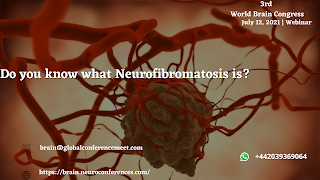How Mental Health Affects the Brain?

During the times of physical and mental stress , the adrenal glands produce excessive levels of cortisol, with some of it ending up in the brain . Good mental health is an an essential part of our overall wellbeing, but not that many years ago mental health issues were thought of by many as something that was all in the mind. And while we know now that the mind is as important for health as the body, back then saying something was all in your mind was simply another way of saying you were probably imagining it. Then for the discoveries scientists have made more recent years about the causes of mental health problems, including the biological processes in the brain that are affected when someone has a mental illness. They are so many types of mental illnesses, which alerts a person’s feelings, thoughts and behaviours of a person. · Anxiety · Panic disorder · ...





